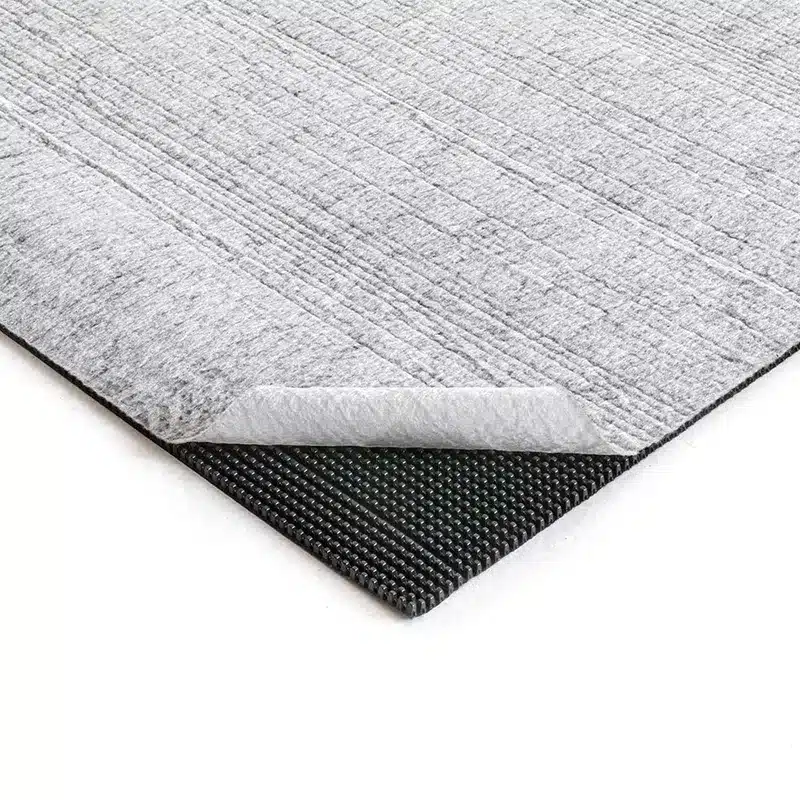+86-159 9860 6917
info@geofantex.com
geofantex@gmail.com
+86-400-8266163-44899
Geotextile erosion products, along with mats, plastic covers, and erosion control blankets, are revolutionizing the way we protect and enhance our natural landscapes. These advanced materials offer sustainable solutions to soil stabilization, erosion control, and environmental conservation. This article explores the crucial role that geotextiles and their complementary products, like erosion control blankets that provide immediate surface protection, play in modern land management. We’ll dive into their types, uses, materials, and the comprehensive benefits they bring to various ecosystems, highlighting how each contributes to more effective and sustainable land management strategies.
How do you attach geotextile fabric?
Attaching geotextile fabric correctly is crucial for ensuring its effectiveness in any project. The method of attachment depends largely on the application. For erosion control or stabilization projects, the fabric should be laid flat on the prepared surface and overlapped at the seams by approximately 12 to 18 inches to prevent gaps. It’s important to pin or staple the fabric to the ground using special geotextile staples. In construction scenarios, such as building roads, geotextile fabric can be rolled out and then covered with aggregate or soil, which holds the fabric in place.

Does geotextile fabric let water through?
Yes, geotextile fabric is typically designed to be permeable to allow water to pass through while retaining soil particles. This feature is particularly crucial as geotextiles are used to let water through in various applications that require efficient drainage, such as behind retaining walls, under driveways, or in gardens. The specific permeability rate can vary depending on the type of geotextile, so it’s important to select the right fabric type for your specific needs to ensure optimal performance.
What’s the difference between landscape fabric and geotextile fabric?
While both landscape fabric and geotextile fabric are used in soil separation and filtration applications, their materials and durability differ significantly. Landscape fabric is generally lighter and primarily utilized as a physical barrier, designed for weed control and minimal stress applications such as in flower beds and under mulch. In contrast, geotextile fabric is a heavier, more robust material made for higher-stress applications like roadway construction and erosion control, where it functions effectively as a filter. Geotextiles are engineered to provide structural support, whereas landscape fabrics focus more on controlling vegetation.
How do you secure geotextile fabric?
Securing geotextile fabric properly is essential for its effectiveness and longevity. It should be anchored in place to prevent movement and displacement by external forces like water or wind. Securing methods include burying the edges in a trench, using landscape pins or staples at regular intervals, and ensuring adequate overlap between sections of fabric. For applications requiring more resilient attachment, using either waterproof tape, fixing pegs, or glue can also be effective methods. Additionally, for added stability in areas with high traffic or heavy loads, securing the fabric with a base layer of gravel or soil can provide further reinforcement.
Geotextiles, conveniently available on fabric spools, are indispensable in modern construction and environmental protection. Understanding how to attach and secure geotextile fabric, recognizing its permeability, and distinguishing it from landscape fabric are all essential for leveraging its benefits effectively. By choosing and using geotextiles wisely, one can enhance the durability and functionality of various projects, ensuring long-lasting solutions to complex engineering challenges.



Get Free Sample
We’ll respond as soon as possible(within 12 hours)






















